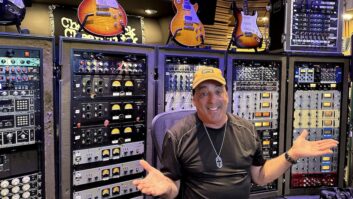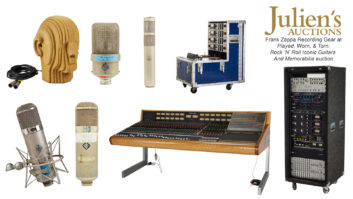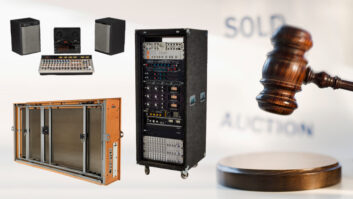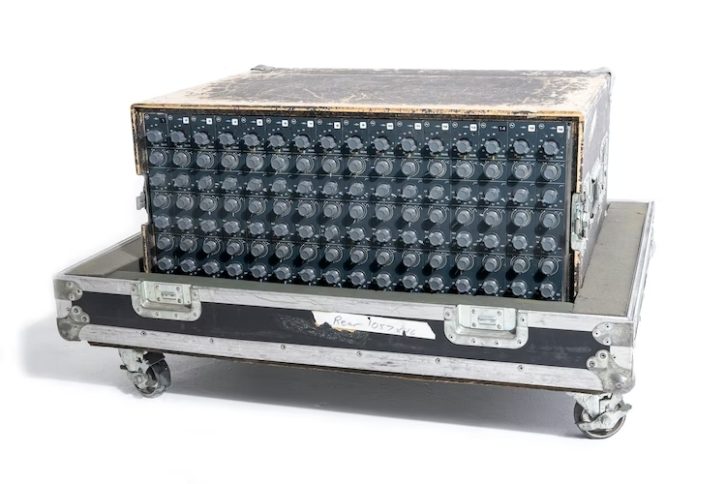
Los Angeles, CA (August 31, 2022)—The promise that you can “own a piece of history” with the purchase of this or that item of vintage recording equipment has almost become a cliché, but in the case of a rack of Neve modules currently for sale on one auction site, history was made twice.
Producer, engineer, musician, composer and author Michael Beinhorn recently announced the availability of his rack of 16 Neve 1057 mic preamp and EQ modules on the online consignment, private sale and auction site, ANALOGr.com. The modules came from a 16-in, 8-out Neve mixing console shipped to the manufacturer’s reported first US client, Sound Studios in Chicago. Beinhorn subsequently purchased the modules and used them to redefine the sound of hard rock — drums, in particular — while recording some of the most iconic albums of the Nineties by the likes of Soundgarden, Marilyn Manson, Hole, Ozzy Osbourne and Korn.
In his notes accompanying the ANALOGr auction listing, Beinhorn reveals that he first encountered the rack of 1057 modules while recording Soundgarden’s Superunknown album at Southern Tracks in Atlanta in 1992, where he used them to record the drums. “By the time Superunknown was completed, I was on a mission — I had to own these modules at any cost,” he writes. But the owner, Tom Wright, initially refused to part with them.
New CLIR Study Explores Audio Tape’s Longevity
Eventually Wright had to close his own Cheshire Sound facility and sold the rack to Beinhorn, who reports that he used them from 1993 through 2015 on a long list of projects. “I’ve never heard anything like those modules for drums. They are the finest drum recording microphone preamps and EQs I have heard in my entire life,” Beinhorn says, on the phone from Canada, where he now lives.
But the industry has changed, he continues, so now he’d like to see the modules go to a good home: “With that kind of equipment, I came to work a certain way that involved shaping sound. Unfortunately, the music industry in its current state doesn’t support that level of artistry; it’s a different form of artistry now. What I do now is essentially work remotely with people and I don’t need recording equipment. I would rather that this stuff was in the hands of someone who would appreciate it and use it. If it can be loved and have sound run through it, that’s my hope for it.”
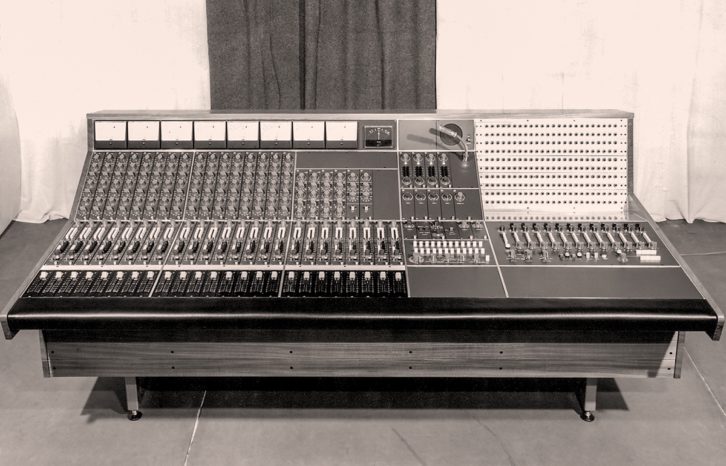
The provenance of the modules and the console from which they were taken is quite well documented. The original recording console — a precursor to what would become Neve’s 80 Series — was the largest of the desks shipped to Sound Studios and was given serial number 67123. The Neve desks were ordered for the facility at the recommendation of Ron Pickup, a UK engineer who formerly worked at London’s Regent Sound before moving to Chicago.
In a letter to Beat Instrumental magazine published in December 1968, Pickup commented that he was horrified at “the antiquated equipment and acoustics” of US studios when he arrived. Consequently, he wrote, “It was found that to get a suitable system at a reasonable price we’d have to import from Britain three Rupert Neve mixers.”


